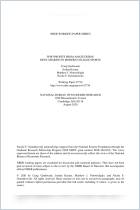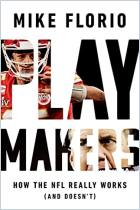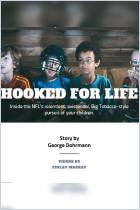Únase a getAbstract para acceder al resumen.

Únase a getAbstract para acceder al resumen.
Brian Boyle
Money Really Talks in the NCAA
High-level college sports have long been operated like a business, generating billions in revenue each year. And finally, top athletes are able to share in a piece of the pie. But just how exactly does the NCAA's new status quo operate?
Daily Upside, 2023
¿De qué se trata?
Money is flowing into college sports as student-athletes get paid for their Name, Image and Likeness.
Recommendation
Can American college athletes still be classified as amateurs in a new era that allows them to profit from their “Name, Image and Likeness” (NIL)? And what about the money pouring in from “collectives?” These university booster clubs lure athletes with promises of cash and merchandise – often so much money that it shapes their choice of a college. Writing in The Daily Upside, Brian Boyle explains that while the landmark 2021 NIL legislation gave student-athletes a nice slice of the financial pie, it also opened a can of lucrative worms. Whoever scores highest in the end, college football and basketball are being irrevocably changed.
Summary
About the Author
The Daily Upside writer Brian Boyle is also a Los Angeles Times contributing opinion writer whose work has been syndicated in major newspapers. He is a digital homepage editor and reporter at SFGate, and his writing has appeared in Slate, Vice, Milwaukee Magazine, and elsewhere





















Comment on this summary